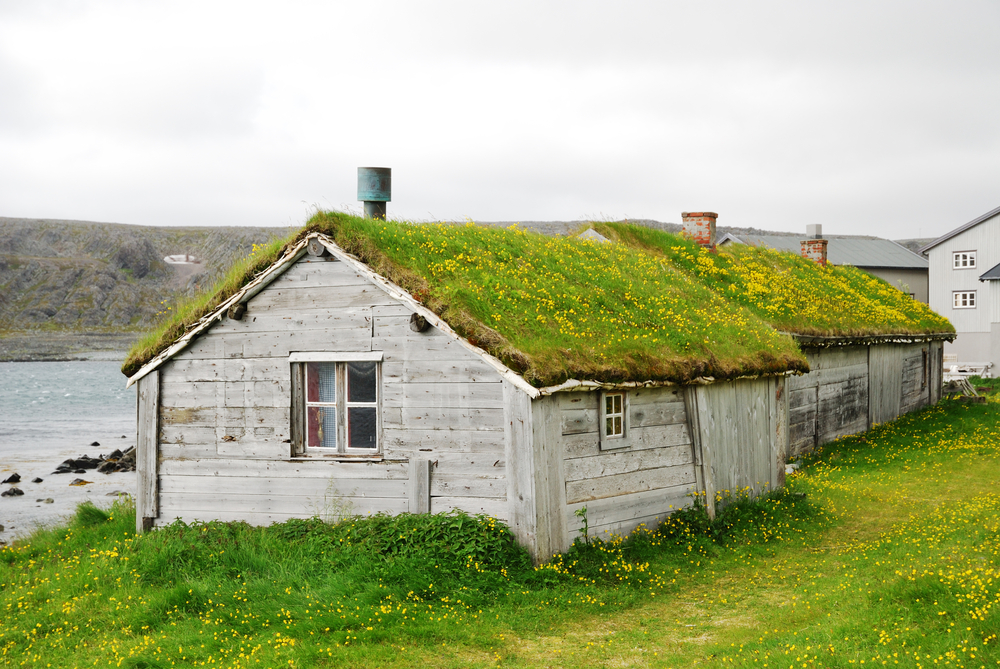The world of civil engineering is fast changing and with the emergence of environmentally conscious builders, buildings are now more environmentally friendly than ever. In past years, there has been a growing concern for our impact on the greater state of the environment and this concern is well founded. Builders and businesses are now trying harder than ever to make environmentally conscious decisions when it comes to building, running and operating, and disposal of waste associated with operations.

Green Roofing
There are a few distinct changes that have made their way into buildings around the world and each one is as unique and beneficial as the others. The first is green roofing. This is essentially the planting of grass and other low-lying vegetation on the roofs of buildings to help decrease heating and cooling costs and to reduce the need for chemical roofing. This type of roofing is not something that you may see in a big city but businesses and buildings that are in out-lying areas are certainly trying this solution on for size.
Solar Power
Another green solution that many buildings have embraced is solar heating, lighting, and cooling. The use of solar power is a great way to cut down on emissions, use of natural gas, and electricity. Many buildings have opted to install solar panels to help reduce heating, cooling, and lighting costs. The break in cost is only one of the benefits of this type of energy. Solar energy is clean energy, which means that every business and building that switches is one less contributor to global pollution. This is an upgrade that can be put into older buildings to make them greener.
Water Conservation
Still another element in many green buildings is water conservation elements like low flow toilets, timed sinks, and even filtration systems that make reuse of water from within buildings possible. This option is another that can be added to existing buildings. This is fantastic for companies that want to both cut costs and help the environment in the process. Using water filtration systems helps to keep pollutants out of the water system and helps to create a more efficient building that is capable of collecting things like rain water for reuse.
Green Building Materials
The use of better insulation and building materials is another environmentally conscious thing that many buildings employ. Many companies use recycled materials in the construction of their buildings to help lower their carbon footprint. Many non-environmentally conscious companies are using materials that are cheaper or more readily available that will have to be destroyed in landfills contributing to pollution. These buildings that are made of recycled materials are not only saving money and making them more efficient, but also reducing the amount of waste that is deposited in landfills each year.
Most green buildings pride themselves on being self-sustaining, energy efficient, and completely emission free or nearly so. These factors can help qualify a building as green and can help cut emissions and waste from those buildings. Cutting waste and increasing energy efficiency makes it far easier for a building to sustain itself over time and to help reduce global pollution. Many contractors and companies are working toward a greener tomorrow to help insure that the planet is here for countless generations to come and that our emissions and pollution are not the deciding factors that make the planet even sicker than it is today. These companies are also dedicated to furthering education and programs that help make other buildings and companies more energy efficient over time, which can help reduce overall pollution and make a case for a greener and healthier tomorrow.
Author Bio: William Stevens writes and blogs about engineering and technology. This article was designed to shed light on the engineering of environmentally friendly buildings and to encourage study in this field with an Online Masters of Civil Engineering.
The Birth of Environmentally Friendly Buildings

